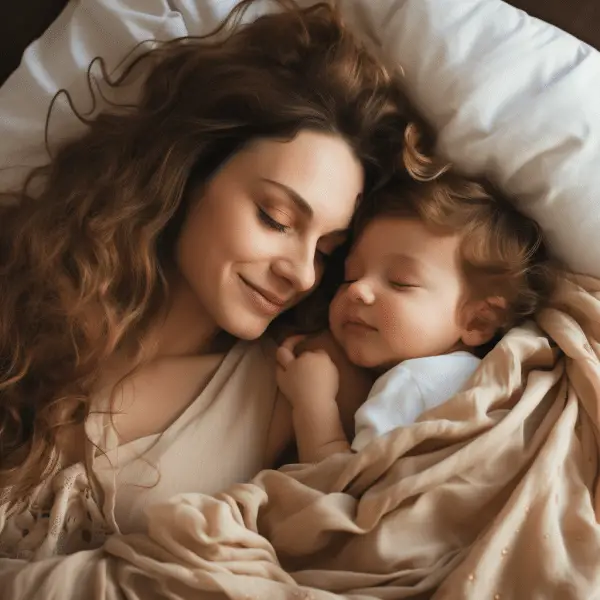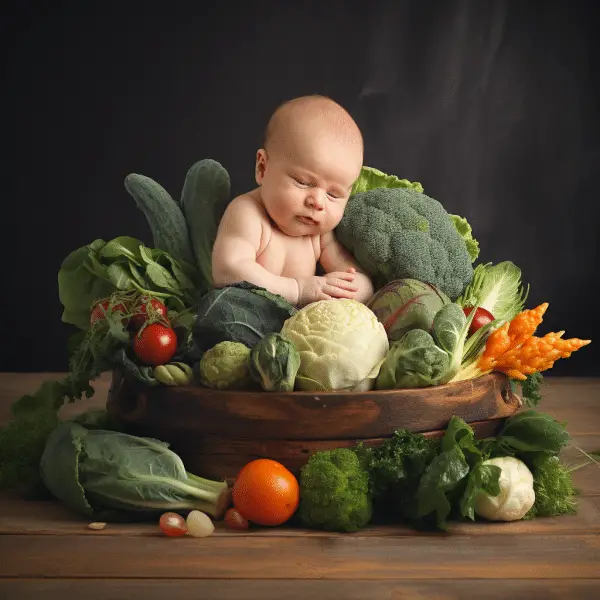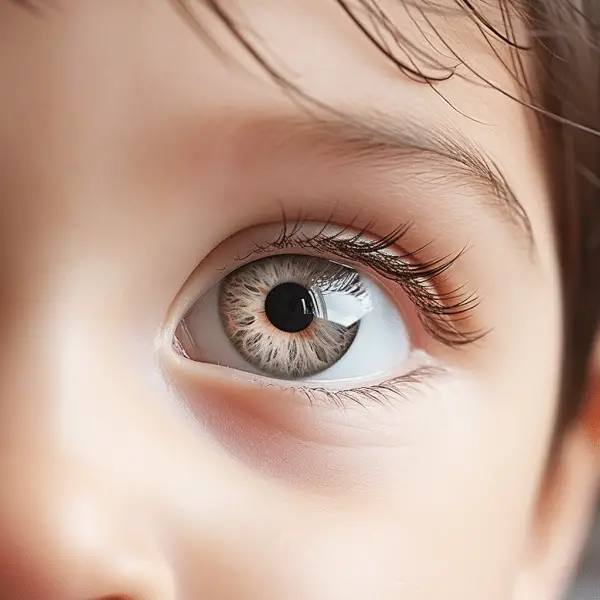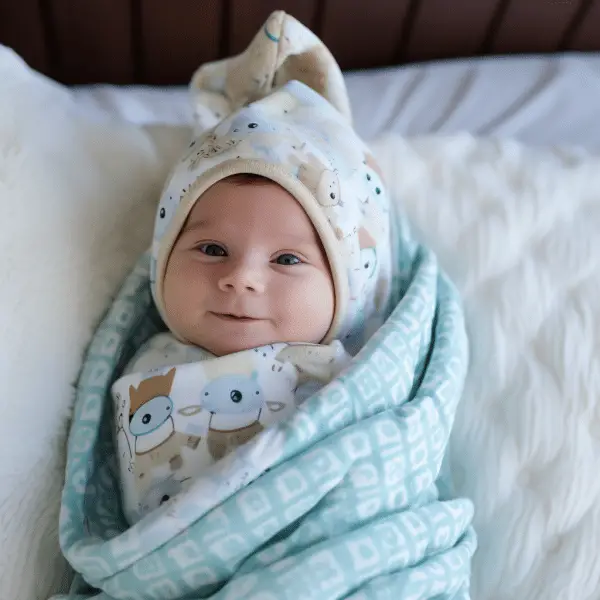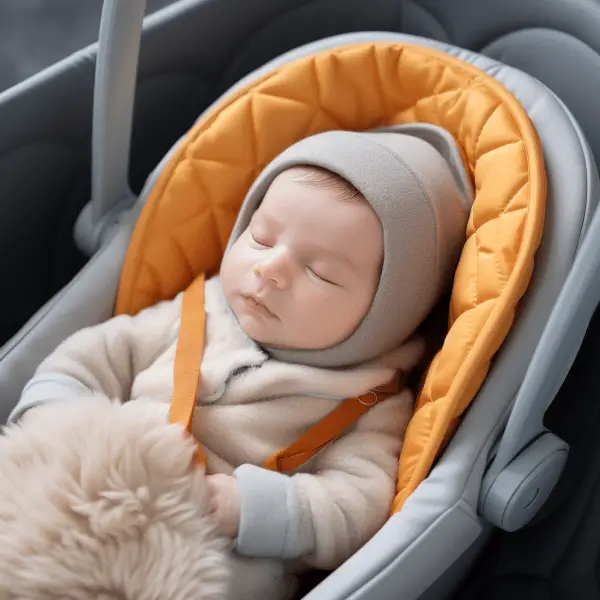Homemade Baby Toys: Safe and Fun Ideas
Buying expensive toys for your baby can be costly and they may not last long. However, you can save money and stimulate your baby’s senses by making your own safe and fun homemade toys. There are 26 homemade baby sensory toys that you can easily create using common household items. Your baby doesn’t care about brand names or labels – they just want something bright and engaging to play with. These homemade toys will help develop your baby’s senses through sensory experiences. It’s important to prioritize safety when making your own toys, ensuring the size is appropriate for your baby, the surface is smooth without sharp edges, and any strings or ribbons are securely attached. Always supervise your baby when playing with homemade toys to prevent choking hazards.
Key Takeaways:
- Save money and stimulate your baby’s senses by making homemade toys.
- Use common household items to create 26 homemade baby sensory toys.
- Prioritize safety by ensuring appropriate size, smooth surfaces, and secure attachments.
- Supervise your baby when playing with homemade toys to prevent choking hazards.
- Homemade toys provide engaging sensory experiences for your baby’s development.
Sensory Toys for Babies: Developing the 5 Senses
Sensory play is essential for the development of babies as it helps them explore and understand the world around them. By incorporating sensory toys into their playtime, you can stimulate each of their five senses – touch, taste, see, smell, and hear. Let’s explore some DIY baby toy options for each sense.
Touch
Creating tactile experiences is important for babies to develop their sense of touch. You can make squishy balls by filling balloons with rice or lentils, providing a soft and malleable texture for them to explore. Edible paint made from yogurt and food coloring can engage their sense of touch and taste simultaneously. Another idea is to craft textured cards by attaching different materials like sandpaper, fabric, or bubble wrap to cardboard, giving babies various textures to feel.
Taste
Introducing different tastes to babies is a great way to develop their palate. You can freeze breast milk or formula into ice cubes for babies to suck on, providing relief during teething and introducing different temperatures. Sugar-free jello can be cut into fun shapes and flavors, encouraging babies to explore different tastes. Additionally, introducing foods with a range of flavors, such as pureed fruits and vegetables, can help expand their taste buds.
See
Babies are naturally drawn to visual stimuli. To engage their sense of sight, hang objects at different heights using a baby mobile or a DIY mobile made from colorful ribbons or feathers. Use contrasting colors and bold patterns to create visual interest. You can also present bright colored materials or toys with lights and mirrors to captivate their attention.
Smell
Introducing different scents to babies can stimulate their sense of smell. Essential oils, such as lavender or citrus, can be diffused into the air or applied to fabric for a calming or invigorating effect. Natural fibers like wool or leather can provide unique smells for babies to explore. You can also introduce fragrant spices or fruits during sensory play to further develop their sense of smell.
Hear
Sound plays a crucial role in a baby’s development. DIY shakers made from small containers filled with rice or beans can create different sounds when shaken. Crinkly cellophane or crunchy paper can capture their attention and enhance their listening skills. Block toys that produce a satisfying sound when knocked over can also contribute to their auditory development.

Summary
Incorporating sensory toys into your baby’s playtime is a wonderful way to support their development. By focusing on each of the five senses – touch, taste, see, smell, and hear – you can provide meaningful and engaging experiences for your little one. From squishy balls to edible paint, textured cards to fragrant spices, there are endless opportunities to create DIY toys that will captivate and stimulate their growing senses.
Repurposing Household Items: DIY Toy Ideas
When it comes to keeping your baby entertained, sometimes the simplest things can be the most captivating. That’s why repurposing everyday household items into DIY toys is a great way to stimulate your little one’s imagination and promote their development. Not only are these toys budget-friendly, but they also provide a unique sensory experience that store-bought toys may not offer.
One idea is to repurpose an old wallet with playing cards. Your baby will love taking the cards out and putting them back in, strengthening their fine motor skills and hand-eye coordination. And those empty makeup containers? They can become an exciting open-and-close activity, giving your baby a sense of achievement as they master the task.
For a fun and interactive toy that helps develop the pincer grasp, create a tissue pull toy using an empty tissue box and strips of fabric. Your little one can practice their fine motor skills as they pull out the fabric strips one by one. And if you have old cardboard boxes lying around, why not make a DIY cardboard tunnel? Your baby will have a blast crawling through it, while also enhancing their spatial awareness and hand development.
There are plenty of other household items you can repurpose into DIY toys. Homemade shakers made from empty toilet paper rolls and filled with lentils or rice provide a rhythmic sensory experience for your baby. Crinkle paper made from parchment paper helps build the muscles in their hands, while wool balls offer a soft and textured sensory experience. Kitchen measuring cups and straws can provide pouring and pulling exercises, aiding in your baby’s cognitive development. And don’t forget about the empty water bottle – it can be squeezed, crinkled, or filled with small items to create a shaker toy that keeps your baby entertained for hours.
FAQ
Are homemade baby toys safe?
Yes, homemade baby toys can be safe as long as certain precautions are taken. It is important to ensure that the size of the toy is appropriate for your baby, that the surface is smooth without any sharp edges, and that any strings or ribbons are securely attached. Additionally, always supervise your baby when playing with homemade toys to prevent choking hazards.
How can sensory toys help develop my baby’s senses?
Sensory toys are designed to stimulate and develop your child’s senses, including touch, taste, sight, smell, and hearing. Through sensory play, babies can explore and understand the world around them. For example, DIY baby toys like squishy balls, textured cards, and warm or cool items can help develop the sense of touch. Taste can be developed through exploration of different foods, while sight can be stimulated with patterns and bright colors. Smell can be enhanced using essential oils or fragrant spices and fruits, and hearing can be improved with various textures and sounds.
What are some DIY toy ideas using everyday household items?
There are numerous DIY toy ideas that can be created using everyday household items. For example, you can repurpose an old wallet with playing cards to provide hours of entertainment for your baby. Empty makeup containers can be opened and closed, giving your baby a sense of accomplishment. A tissue pull toy can be made using an empty tissue box and strips of fabric to practice the pincer grasp. A cardboard tunnel made from old boxes can encourage crawling and promote hand development. Other ideas include homemade shakers using toilet paper rolls, crinkle paper made from parchment paper, wool balls for sensory experiences and precise movements, and using kitchen measuring cups and straws for pouring and pulling exercises. An empty water bottle can also be repurposed as a squeeze toy or filled with small items to make a shaker toy.


